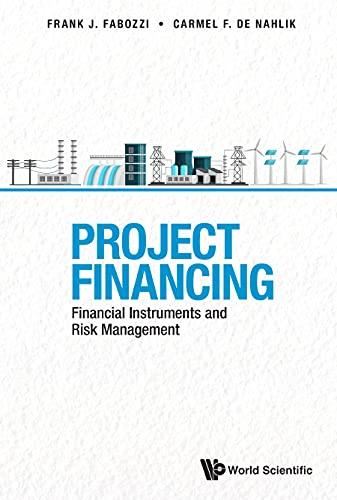Why divide by 2

Conrad Wang, recently learned of a chemical treatment causing water to freeze at 100 degrees Fahrenheit rather than 32 degrees. Of all the many practical application for this treatment, Mr. Wang liked the idea of hotels made of ice more than anything else, Mr. Wang estimated the annual cash flows from a single ice hotel to be $2 million, based on an initial investment of $12 million. He felt that 20 percent was an appropriate discount rate, given the risk of this new venture. Believing that the cash flows would be perpetual, Mr. Wang determined the NPV of the project to be: -$12,000,000 + ($2,000,000/.20) = -$2 million Most entrepreneurs would have rejected this venture, given its negative NPV. But Mr. Wang not your typical entrepreneur. He reasoned that NPV analysis missed a hidden source of value. While he was pretty sure that the initial investment would cost $12 million, there was some uncertainty concerning annual cash flow estimate $2 million per year actually reflected his belief that there was a 50 percent probability that annual cash flows will be $3 million and a 50 percent probability that annual cash flows will be $1 million. The NPV calculations for the two forecasts are given here: Optimistic forecast: -$12 million + $3 million/.20 = $3 million Pessimistic forecast: -$12 million + $1 million/.20 = -$7 million On the surface, this new calculation doesn't seem to help Mr. Wang much. An average of the two forecasts yields an NPV for the project of: 50% times $3 million + 50% times (-$7 million) = -$2 million which is just the value he calculated in the first place. However, if the optimistic forecast turns out to be correct, Mr. Wang would want to expand. If he invests in another 9 locations in the following year, the true NPV of the venture would be: 50% times ($3 million + $27 million/2) + 50% times (-$7 million) = $29.25 million Figure 7.5, which represents Mr. Wang's decision, is often called a decision tree. The idea expressed in the figure is bosh basic and universal. The entrepreneur has the option to expand if the pilot location is successful. For example, think of all the people who start restaurants, most of them ultimately failing. These individuals are not necessarily overly optimistic. They may realize the likelihood of failure but








